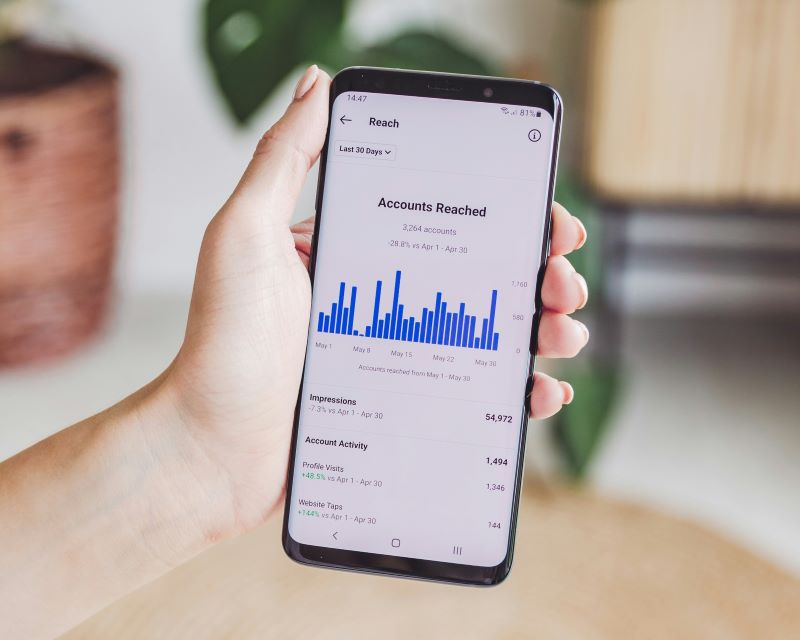Tips for briefing and working with a creative agency

Want to learn some tips for briefing and working with a creative agency that will help your next project go a lot smoother? In this article we explore what those are and by keeping these top of mind, you will soon notice the difference when you put them into action.
Part of my work both as an outsource marketing manager as well as marketing consultant is to help my clients engage specific services with other providers. Whilst Flex Marketing covers a lot of basic graphic design services, at times there are specialised jobs to undertake or a volume of work beyond our capacity that mean our clients use other creative service providers.
Clients lean heavily on my support to guide them through the process and help explain things in a way they can understand – often that is removing or translating the industry jargon! Sometimes it also involves keeping other providers honest and accountable; giving my client reassurance that best practice is being followed in unchartered territory (usually they have had limited experience working with creative service providers).
The steps to identify and formally engage a creative agency is a topic in itself (and perhaps one I will write about in a future article) – in this article I will cover some of the key considerations businesses should think about in communicating their goals and requirements to an agency once they have been appointed to a project.
The suggestions below are applicable regardless of the nature of the creative project – from developing a promotional brochure/catalogue through to the production of a video or social media programme; they are all important areas that should not be overlooked.
5 key ingredients for getting the creative results you are looking for
- Have a written brief. Even if you don’t write the brief yourself and the agency captures it for you in their proposal (or produces a ‘reverse brief’), this is a critical document for ensuring you are aligned about the goals of the project, the scope and the deliverables – including timing and what the ultimate output, such as format, will be. This document protects the agency from ‘scope creep’ if the client changes their mind, however it also ensures that you are not making any assumptions about what is or isn’t included in the project.
It is even better if you can write your own brief before you meet with the agency (or at least make a start) because doing this often uncovers things that you hadn’t thought of that need to be ironed out internally before getting a third party involved.
Sometimes that initial brief will be very high level because you want to leave the opportunity for the agency to add their own expertise and suggestions. You can use an initial meeting to bounce ideas and questions off the agency to refine and improve the brief, however it will be much easier providing some background information before the meeting rather than handing them a blank canvas (since you are likely to know your industry and business much better than they do).
- Allow room for creativity. In order to not stifle the agency’s creativity and ability to add value to the project, it is essential to facilitate this input and proactivity in whatever way is most appropriate. This could be by emphasizing to the agency that the brief is just a starting point and you want them to help shape it with you. Or you could agree to hold a discovery session or workshop involving relevant team members in the initial stages of the project and this would allow them to contribute their ideas and questions. Sometimes an agency is engaged purely because they bring fresh thinking and will challenge the status quo – often the push that is needed to break old habits, silos and other obstacles to innovation.
- Invest in them getting to know the culture of your business. One thing guaranteed to get in the way of a harmonious client:agency relationship is a lack of understanding of the language, values and circumstances that make the business unique. Take the time to introduce the agency to your business by giving an overview of how the project fits into the bigger picture. Let them experience the business first hand – whether that is by giving them product samples, a tour of your premises or introducing them to key staff, it will help the agency get a better feel for your target customer audience and where they are able to make a difference through their work. Internally you would probably call this “getting buy-in” – the only difference here is this ‘team’ is external and they will care more if they feel valued.
- Crystal clear communication helps everyone. You may need to experiment with what form and regularity of communication works best for your project. Cloud collaboration tools are brilliant if everyone is well-versed in them, however there will be situations where face to face works best or emailing so that you have a document trail. As painstaking as it may seem, giving very specific comments, especially on artwork amends really pays off. Not only will there be fewer rounds of creative that you will need to check through, but it will also save a lot of frustration and repetition with communicating instructions. For example, rather than type in an email “change image to dog food”, either type specifically which image (“third image down on the right”) or better still, use the comment function on PDFs that allow you to pin post-it notes exactly where the amend is.
- Be open and honest. Deliberately plan opportunities to review how the project is progressing with the agency. Even with the best brief and planning in the world, there will be times when things don’t go the way you expect. In this case, honesty is the best policy. Use these reviews with the agency to raise aspects about working together that you think could be improved – chances are they will be relieved to address these with you because they possibly share the same pain points. If a method of working together is not working (e.g. they have not allowed enough time in the project plan for you to turn around your feedback), let them know what impact that is having and suggest ways to amend how things are done. Also, be realistic about whether the end deadline needs adjusting…once you get into a project properly and have a full understanding of the scope and implications, the target completion date may need to be revised. Keep the stakeholders of the project informed along the way so that expectations can be managed and there are no surprises at the end regarding timing, costs and deliverables etc.


